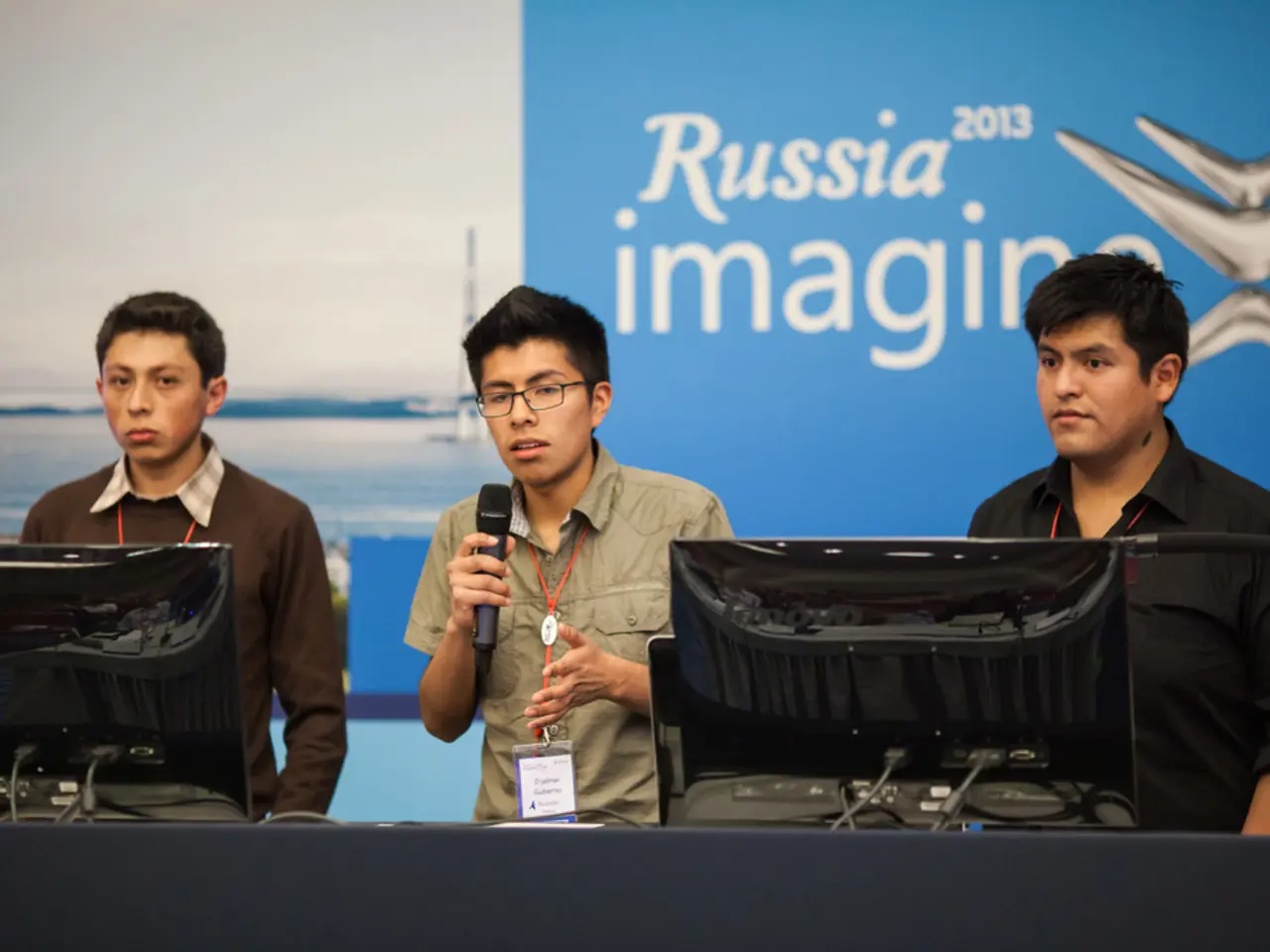"The gathering was intended to be communicated to Putin"
In the summer of 2020, Belarusian President Alexander Lukashenko acted as a secret intermediary or backchannel between the Trump administration and Russian President Vladimir Putin. This unofficial communication channel was utilised to facilitate messages and potentially set up meetings aimed at de-escalating tensions, particularly related to the ongoing conflict between Russia and Ukraine.
The role of Lukashenko became evident shortly after Trump's inauguration, as American officials began visiting Minsk, exploring what Lukashenko could facilitate in communications with Russia. Lukashenko, who is closely allied with Putin and in frequent contact with him, offered to relay messages between Trump and Putin. This channel was used by the Americans to promote the idea of a summit between Trump and Putin, aiming to break diplomatic deadlocks and engage Putin directly through Trump.
Lukashenko's intermediary position had tangible impacts, as he negotiated the release of several political prisoners in Belarus as a gesture linked to these diplomatic efforts. However, American officials acknowledged both the value and risks of relying on Lukashenko due to his allegiance to Putin and Belarus's international pariah status.
The backchannel was part of a broader U.S. strategy to open direct dialogue with Russia, culminating in plans for high-level meetings such as an August 2025 summit in Alaska between Trump and Putin. Lukashenko’s mediation efforts took place in a complex context of ongoing conflict between Russia and Ukraine, in which Trump expressed a desire to negotiate peace.
During their meetings, Lukashenko advised Trump that for the Russians, the tone and format of negotiations, at least at the initial stage, are as important as their content. He also conveyed to the Americans that Putin is ready for peace talks, emphasising the importance of treating him with respect.
In addition, Lukashenko offered his services as someone who understands Putin's intentions and behaviour, and advised American officials on how to conduct negotiations with the Kremlin. He even suggested a similar approach towards Europe, implying that they could disappear from the horizon if the Americans and Russia reach an agreement.
The first envoy of the US administration to Minsk was Deputy Assistant Secretary of State for European and Eurasian Affairs Christopher Smith. His task was to find out how Belarus could help improve relations between the new Trump administration and Putin, and contribute to the cessation of the war in Ukraine.
The climax of Lukashenko's contacts with the White House was the arrival in Minsk on June 20 of a delegation headed by Keith Kellogg. A few months later, an American delegation headed by John Cole visited Minsk again.
Lukashenko took advantage of this opportunity to attract American attention. On January 26, he released American Anastasia Nulf, who was imprisoned in Belarus. During their meeting, Lukashenko reproached Cole for not doing enough to influence Trump's views on Ukraine and Russia. Cole was treated to a long and lavish lunch at the Palace of Independence, where he was served national dishes, and Lukashenko sent him home with a few political prisoners, including another US citizen.
In summary, Lukashenko served as a secret diplomatic intermediary between Trump and Putin, providing a useful but unofficial communication channel that helped facilitate messages and potentially set up meetings aimed at de-escalating tensions, particularly related to Ukraine. His role was part of a broader U.S. strategy to open direct dialogue with Russia, culminating in plans for high-level meetings such as an August 2025 summit in Alaska between Trump and Putin.
The unofficial communication channel between the Trump administration and Russian President Vladimir Putin, facilitated by Belarusian President Alexander Lukashenko, was utilized for messages and potential meetings aimed at de-escalating tensions, notably those related to the war-and-conflicts in Ukraine. This channel was part of a broader general-news strategy to open direct dialogue with Russia, culminating in plans for high-level meetings.






